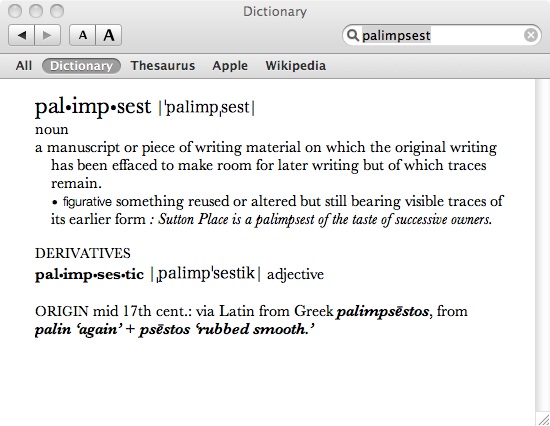In exploring the new media landscape over the coming weeks, we will try to identify that which falls into the scope of this course…and that which does not. As with anything labeled “new”, we run the risk of excluding categories of media based strictly on their age, or failing to recognize the relationships among old and new media forms. One of the challenges we confront is that newness is a temporary condition for all media, and so our discussion is immediately dated before we begin. Lev Manovich, in the chapter we read this week, provides some guidance to get this conversation started. He identifies five characteristics of new media, specifically 1) numerical representation, 2) modularity, 3) automation, 4) variability, and 5) transcoding. To begin our discussion, let’s think about this list and see how it applies to the media we would assume naturally fit into our discussion, such as Facebook, SMS novels, MMORPGs (massive multiplayer online role-playing games), or virtual worlds like Second Life (nearly all of which post-date Manovich’s text). Do Manovich’s criteria, ten years since he developed this list, still apply to our current “new media”?
Let’s take an example that blurs the line between old and new media, at least in the sense that it puts traditional media – music crossing several decades, some of it composed and recorded before the personal computer – together in a provocative way. You may have read about or heard the work of “Girl Talk”, which is the stage name of Greg Gillis. His “music” is a mash-up of samples from old and new recording artists that he triggers systematically using a laptop computer. While his collected samples are digital, he triggers them manually, and thus each concert performance is unique. This embarrassingly fawning New York Times profile gives some background: http://www.nytimes.com/2011/01/09/magazine/09GirlTalk-t.html?ref=music
Is the work of “Girl Talk” new media? Does it fit with Manovich’s five principles? Can you think of other examples like this one that incorporate old media using contemporary technology?
 In case anyone is interested (and if you’re a geek for the CBC, like I am) here’s a link to a very relevant and enlightening podcast that just might spark some good discussion in this class or even in your other non-school life. You can use the information to become the most educated (sounding) person at any party!
In case anyone is interested (and if you’re a geek for the CBC, like I am) here’s a link to a very relevant and enlightening podcast that just might spark some good discussion in this class or even in your other non-school life. You can use the information to become the most educated (sounding) person at any party!